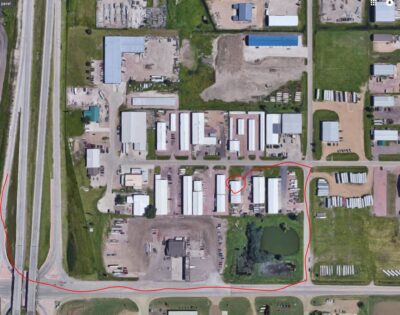AMSOIL Expedition Colorado is Back – and You’re Invited Lindsay Premo|Jul 26, 2018 9:35 AM Can a 1943 Jeep survive this? Remember when we asked that question? It’s been almost a year since the first AMSOIL Expedition Colorado, which sent veteran off-road racers Brad and Roger Lovell on a 550-mile trek from Colorado Springs, Colo. to Moab, […]
You are browsing archives for
Month: August 2018
We’re moving to the Tea exit soon!!
The Synthetic Warehouse will be relocating to the Tea Exit One block east and one block north then a left turn to the west. 47073 98th St – Sioux Falls Basically just behind the SE corner of the Marlin’s parking lot. The store can be accessed (although not easily) through the lot and the weeds. […]
Help Revive a Lawn Mower (and other equi...
Help Revive a Lawn Mower (and other equipment) that Runs Rough John Baker|Feb 15, 2018 9:21 AM Judging someone’s character can be boiled down to this key question: do they love going to the dump? An affirmative answer indicates a visionary – one who sees a fashionably distressed dining set where others see a worn […]
What’s the Difference Between DOT 3 and
What’s the Difference Between DOT 3 and DOT 4 Brake Fluid? John Baker|Feb 27, 2018 10:12 AM The primary difference between Dot 3 and Dot 4 is their respective boiling points. I suspect I know your next question. But first, some background. The U.S. Department of Transportation classifies brake fluid into four main categories: DOT […]



